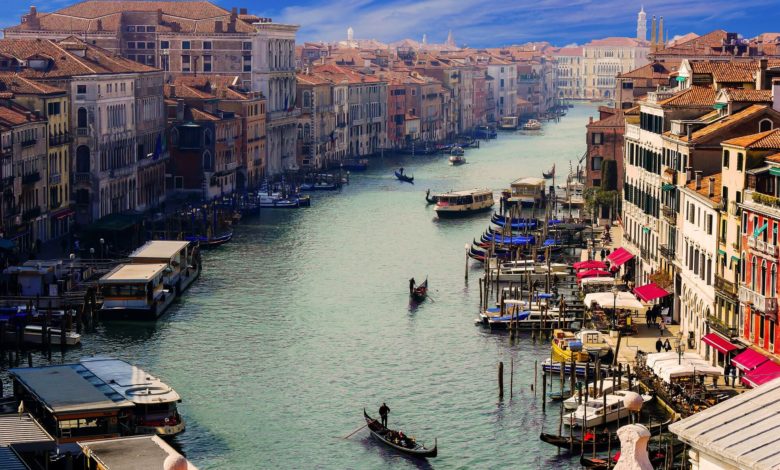What is the Water Barrier System Protecting the City of Venice?

The Italians will block tidal waves of 3 meters to the three entrances of the Venetian Lagoon and in the long run 60 cm above sea level. They have developed an innovative water barrier system that will protect the city of Venice, its historical and touristic structures, and the surrounding villages and towns from sea invasion. The abbreviation of the project called Mose is ‘Modello di Supporto Elettromeccanico’. As a result of the tide in 1966, the water level in Venice was 194 cm. has risen. After this record-breaking flood of the last hundred years, a legal and technical process has been initiated in Italy to create a maritime defense system against floods. In the Lido, Malamocco, and Chioggia regions, the three entrances of the Venetian Lagoon, the first design of a barrier system with hinged and openable covers to the seabed blockages was between 1989 and 1992, the final design and approval were made in 2002 and foundation construction was started in 2003. The project, which was planned to be completed in 2011, lasted until 2021 due to corruption in which dozens of officials were arrested. For this reason, it was called the “endless project” by the Italians. The cost, which was three times the planned budget, exceeded 5.5 billion Euros.
Venice, which is one of the cities that attract the most tourists in the world, has fallen by 23 cm in the last century as a result of pyrogenic descent. remained underwater. According to estimates, if carbon emissions continue until 2100, depending on global warming and climate changes, the sea level will be 60 – 110 cm. is expected to rise. An alarming risky situation for the future arises in Venice as a result of both pyrogenic lows and sea-level rise. In addition, atmospheric and meteorological factors such as the tidal effect exceeding 1 meter, the Bora blowing from the northeast and the Sirokko winds blowing from the southeast, raising the sea level in the direction of Venice, and excessive precipitation cause flooding in Venice. There have been 12 floods in the last 20 years in which the water level has risen by more than 140 cm. 187 cm. with the highest water level rise. The meteorological consequences of climate changes increase the risks to the future of Venice. The flooding of San Marco square has become a symbol of this situation. The first test of the water barrier system was made in 2020, disconnecting the Venetian Lagoon with the Adriatic Sea for 90 minutes. On October 3, 2020, the water barrier system was activated against a storm and water rise similar to the 187 cm water rise of the previous year. Thus, for the first time, the city of Venice was successfully protected against flooding.
1.6 km, consisting of 78 hinges, each of which is 42 tons, and a total of 78 independent from each other. The four-long barrier set is powered by the action of motors that drive the electromechanical system. In the flexible system, the covers can be partially or completely closed. The largest of the covers, in which water and air are pumped, is 20 meters long, 29.5 meters wide, and 4.5 meters thick. When the sea level starts to rise, the system is activated and the hatches are raised by pressing compressed air into the hatches. The caps, where the tide effect has passed, are filled with water again and are lowered and closed. It takes 4 – 5 hours to activate the 78-door barrier system, which takes 30 minutes to raise and 15 minutes to lower. If the system is constantly activated and the Venice Lagoon is disconnected from the Adriatic Sea and turned into stagnant water, there is a risk that both algae build-up and waste from the surrounding channels cannot be cleaned by the tides, as well as the accumulation of sediment and the inoperability of the covers. Therefore, the water barrier system is activated when necessary.





